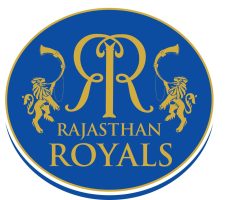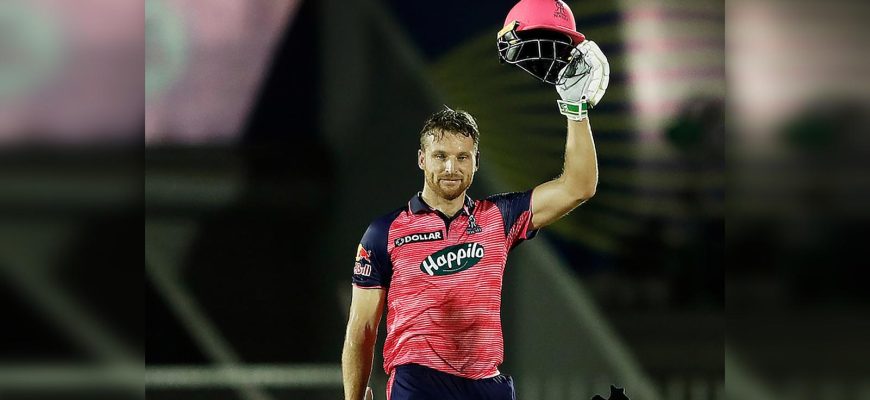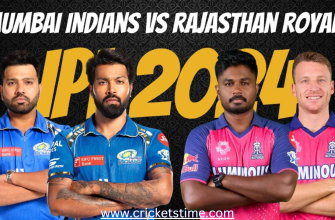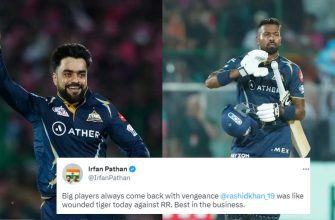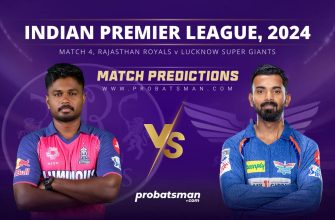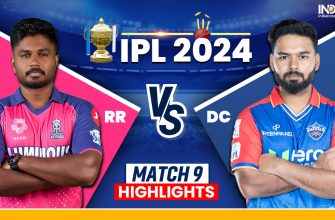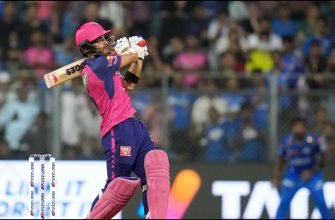The Evolution of Rajasthan Royals Over the Years
Rajasthan Royals, often abbreviated as RR, has been an integral part of the Indian Premier League (IPL) since its inception. Known for their cost-effective yet efficient team-building strategy, they have witnessed several daunting highs and unsettling lows in their journey so far. This article aims to delve into the evolution of this team over the years.
- A Brief History
- Overview of Key Players Shane Warne : He is known as one of the greatest bowlers in the history of cricket, his leadership during initial seasons instilled confidence and strategic mindset in the team ensuring a notable start. Rahul Dravid:Known for his calm demeanor and strategic acumen, he took over from Shane Warne in 2013. Under his captaincy, the RR touched new heights reaching Playoff stages consecutively. Ajinkya Rahane:Proving instrumental to RR’s success, his consistent performances have always maintained the balance of the team. Sanju Samson:The young promising cricketer and the current captain of Rajasthan Royals also has shown an exceptional performance for his team so far. Growth Trajectory 2008-2021: A Detailed Analysis The journey of Rajasthan Royals can be divided into several phases. Here’s a deep dive into their evolution over the years: Phase I: Establishing The Foundation (2008) In the first season of IPL in 2008, under Shane Warne’s captaincy, they stunned everyone with their victorious win. They were seen as dark horses because they seemingly didn’t possess big names compared to other teams. But with calculated strategies and smart player selections—and players like Yusuf Pathan, Swapnil Asnodkar delivering important knockouts—they proved infallible converting those odds successfully into their favour. Phase II: Transition Stage (2009-2012) This phase was more about finding stability rather than scoring wins. After a superb start in Season one, adjusting to a new leader-helm after Warne’s retirement created some instability during these seasons. However, there were still many positives through this period; including Shaun Tait’s golden duckling against Mumbai Indians.In these lean phases, the value that emerged is that numerous home-grown talents got recognized which proved pivotal for future tournaments. Phase III: Steady Growth Period (2013-2015) Rahul Dravid took over as mentor-cum-manager of RR from Shane Warne in 2013, heralding an era of revival for RR. His principled approach directed towards recognizing young potential talents over spending lavishly on well-established names—this might not have led to grand tournament victories during these years, but indeed set a solid base with promising potential for the future. Phase IV: Bumpy Ride (2016-2020) The next few years were quite tough. Involvement in match-fixing allegations led to a suspension from IPL 2016 and 2017 which pushed the team into darkness. After serving their ban period they returned to IPL under Ajinkya Rahane’s captaincy in 2018—but saw inconsistent performances over seasons. Phase V: Rebuilding Phase (2021 – Present) In this latest phase of IPLs, RR has been continuously trust-building by producing consistently credible performances.Their acquisition strategy has significantly changed—with more emphasis on enrolling proven performers than investing extensively on nurturing raw potential talents. There are high expectations around Sanju Samson’s upcoming performance as a leader that could potentially drive them towards another victorious season after first. Moving Forward Through its journey so far, Rajasthan Royals’ evolution can be deemed nothing short of commendable; whether it be winning the inaugural season or producing quality cricket utilizing young talent or handling challenging times resulting from scandals and bans—it is clearly evident how strong strategic foresight combined with resilience and adaptability can drive such impressive transformations while maintaining nominal resources. Looking forward, numerous exciting opportunities await the heated pitch battles fuelling our anticipation for all the new chapters yet to be written in the remarkable journey.
- Growth Trajectory 2008-2021: A Detailed Analysis
- Phase I: Establishing The Foundation (2008)
- Phase II: Transition Stage (2009-2012)
- Phase III: Steady Growth Period (2013-2015)
- Phase IV: Bumpy Ride (2016-2020)
- Phase V: Rebuilding Phase (2021 – Present)
- Moving Forward
A Brief History
Rajasthan Royals was one of the original eight teams that were a part of IPL’s grand launch in 2008. Often referred to as ‘Moneyball team’ and captained by Australian legend Shane Warne at that time, the Royals surprised all cricket fans by becoming the winners of IPL’s inaugural season.
Create>p>This achievement not only put them on the map but also reframed many people’s approach towards team-selection within cricket—certainly proving remarkable for such a young, underdog team.
errying forward slightly steady performances with fluctuating ups and downs, including banning due to match-fixing allegations, one can visibly observe an immense amount of growth and transformation which this team has undergone throughout these years.
Overview of Key Players
Growth Trajectory 2008-2021: A Detailed Analysis
The journey of Rajasthan Royals can be divided into several phases. Here’s a deep dive into their evolution over the years:
Phase I: Establishing The Foundation (2008)
In the first season of IPL in 2008, under Shane Warne’s captaincy, they stunned everyone with their victorious win. They were seen as dark horses because they seemingly didn’t possess big names compared to other teams. But with calculated strategies and smart player selections—and players like Yusuf Pathan, Swapnil Asnodkar delivering important knockouts—they proved infallible converting those odds successfully into their favour.
Phase II: Transition Stage (2009-2012)
This phase was more about finding stability rather than scoring wins. After a superb start in Season one, adjusting to a new leader-helm after Warne’s retirement created some instability during these seasons.
However, there were still many positives through this period; including Shaun Tait’s golden duckling against Mumbai Indians.In these lean phases, the value that emerged is that numerous home-grown talents got recognized which proved pivotal for future tournaments.
Phase III: Steady Growth Period (2013-2015)
Rahul Dravid took over as mentor-cum-manager of RR from Shane Warne in 2013, heralding an era of revival for RR. His principled approach directed towards recognizing young potential talents over spending lavishly on well-established names—this might not have led to grand tournament victories during these years, but indeed set a solid base with promising potential for the future.
Phase IV: Bumpy Ride (2016-2020)
The next few years were quite tough. Involvement in match-fixing allegations led to a suspension from IPL 2016 and 2017 which pushed the team into darkness.
After serving their ban period they returned to IPL under Ajinkya Rahane’s captaincy in 2018—but saw inconsistent performances over seasons.
Phase V: Rebuilding Phase (2021 – Present)
In this latest phase of IPLs, RR has been continuously trust-building by producing consistently credible performances.Their acquisition strategy has significantly changed—with more emphasis on enrolling proven performers than investing extensively on nurturing raw potential talents. There are high expectations around Sanju Samson’s upcoming performance as a leader that could potentially drive them towards another victorious season after first.
Moving Forward
Through its journey so far, Rajasthan Royals’ evolution can be deemed nothing short of commendable; whether it be winning the inaugural season or producing quality cricket utilizing young talent or handling challenging times resulting from scandals and bans—it is clearly evident how strong strategic foresight combined with resilience and adaptability can drive such impressive transformations while maintaining nominal resources.
Looking forward, numerous exciting opportunities await the heated pitch battles fuelling our anticipation for all the new chapters yet to be written in the remarkable journey.
